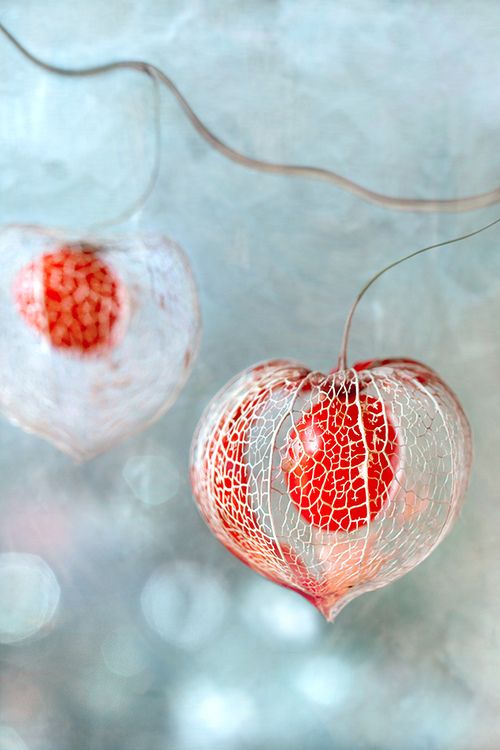Dear Integral Meditators,
What are the real mindful keys to getting to where you want to go, and really achieving the things that you want in your life? My article below on ‘Becoming a mindful Titan’ offers a few perspectives!
In the spirit of great achievement,
Toby
Mindful Goals Coaching special offer:
Extended until Thursday 17th May there is a special offer on Toby’s Mindful goals coaching service. Three x 60 minute packages are on a 15% special offer (a saving of $95). Contact info@tobyouvry.com for full details.
- Are you looking for concrete ways that you can combine improving your mental peace and centeredness with moving forward toward your goals in life?
- Do you sometimes find yourself struggling to bridge the gap between your life goals and your daily actions/experiences?
- Would you like to have a personally created mindfulness training program designed specifically for your needs and to help you achieve what you want in life?
 The mindful way to becoming a Titan (incremental & undramatic)
The mindful way to becoming a Titan (incremental & undramatic)
The Titans were beings of immense elemental power who lived before the birth of the Gods. You can find them in the mythic stories of the Greeks, the Nordic and other cultural traditions. Nowadays we use the term ‘Titan’ to mean someone who stands large within his or her discipline, like a giant. Michael Jordan is a ‘Titan’ of basketball, Serena Williams is a ‘Titan’ of tennis, Meryl Streep has had a ‘titanic’ influence on female acting in Hollywood, and so on…
So how did these people become the Titans of their discipline? What we see on the outside is a lot of glitz, glamour and drama. Because of this it can be tempting to think that these are the cause of their ‘titanic presence’. But , if you look at the way in which these people build who they are, and the success they have, you’d actually see a tremendous amount of small, detailed, very repetitive and sometimes very boring actions that got them to the place they are. Serena Williams had to hit literally millions of tennis shots day in, day out to get where she is, whilst no one was looking or noticing. Similarly, an actor like Meryl Streep would have spent an inordinate and unnatural amount of daily attention to small detail, nuance and technique to get to where she did eventually.
The mindful way of progress – Incremental and undramatic
So, if we want to become Titans in our own lives, which is to say learn to fill our boots fully and stand tall and strong, fulfilling the potential that we have, then doing this means paying attention to a lot of small actions over a long period of time. The mindful way to fulfilling our potential is incremental, undramatic and generally very slow. For example:
- If I say to myself ‘for the next three years, for five days a week, I am going to sit down for 10minutes and practice meditation. My aim is to become 15% more peaceful and centered’. If I then just relax and make sure I do that, then probably I’m going to be more than 15% more centered after three years. So, it’s just that small, by itself insignificant action done without drama that brings me the result.
- I have been doing a short 20-30minute yoga program over the last two years, twice a week. In that time I have become imperceptibly more mobile and flexible, I don’t notice it from session to session, but I notice it if I compare myself now to myself six months ago. The difference is tangible.
- A friend and I were talking last Sunday about how relationships (romantic and otherwise) are build or degrade over the course of hundreds and thousands of small inter-actions. Mindful attention to these exchanges gives rise to a titanically strong relationship. Equally inattention can destroy a strong relationship though incremental, consistent erosion.
Your self-development as a titanic project
So, whatever goals you have in your life, if you want to build your Titanic strength and get to where you want to go, then try the mindful, incremental and undramatic way. Set up a target 2-3 years from now. Decide on small actions you are going to do most or every day to get to where you want to go. Then focus on execution, without worrying about progress, or whether anyone else is noticing or not. Becoming an unstoppable elemental force is within everyone’s grasp, if you don’t mind the lack of drama.
© Toby Ouvry 2018, you are welcome to use or share this article, but please cite Toby as the source and include reference to his website www.tobyouvry.com
Upcoming Courses at Integral Meditation Asia
Ongoing on Wednesday’s, 7.30-8.30pm – Wednesday Meditation Classes at Basic Essence with Toby
Ongoing on Tuesday evenings, 7.30-8.30pm – Tuesday Meditation Classes at One Heart with Toby (East coast)
Saturday 26th May 10am-4.30pm – Mastering your Mind Through Mindfulness Meditation Day Retreat with Toby
Tuesday 29, Wednesday 30th May – Wesak Meditation
Integral Meditation Asia
Online Courses * 1:1 Coaching * Books * Live Workshops * Corporate Mindfulness Training *Life-Coaching * Meditation Technology











